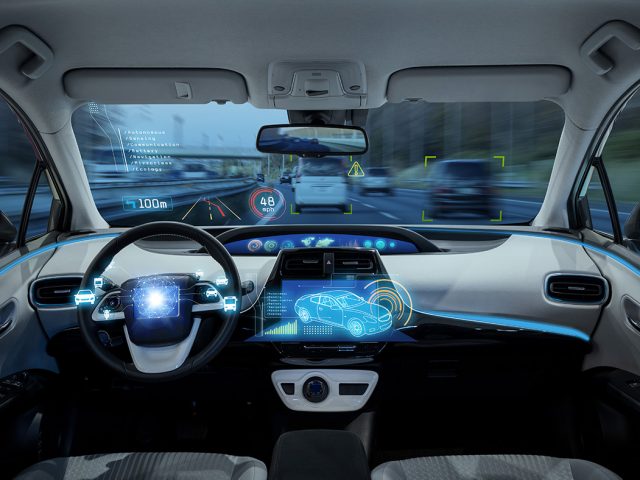Introduction
Passenger vehicles including cars, SUVs, large pickups, and vans are the largest emitting group of transportation vehicles and represent the greatest opportunity for transportation electrification. Public buses and light rail transportation are also addressed in this section, along with first mile and last mile solutions that increase transit ridership as well as encourage walking and biking.
People Movement
Guiding Principles
Ensure equal access to zero-emission transportation options that are cost-competitive, safe, and convenient
Ensure that the autonomous future is electric and does not increase VMT
Ensure that first and last mile electric options complement the region's public transit network
Sectors and Targets

Charging infrastructure
60,000 to 130,000 public chargers installed
- Low: Based on current commitments of utilities in County
- High: Based on projected needs to support a higher range of light-duty electric vehicles
Light-duty private vehicles
20-45% of all light-duty private vehicles on the road are electric
- Low: SCE 2030 pathway scaled to 2028
- High: Ambitious goal to achieve Partnership pathway
Shared cars
50-100% of shared cars (e.g., taxis and TNCs) are electric
- Low: Estimated proportion of electric TNC rides based on Lyft’s 1B AV EV goal by 2025
- High: Ambitious goal to achieve Partnership pathway
Local transit
80-100% of Metro and LADOT buses on the road, and 100% of new buses being introduced are electric
- Low: Estimated progress to reach commitments by 2030
- High: Commitments of Metro & LADOT to attempt to move up current 2030 100% commitments to 2028.
Commuter rail
Begin planning for electrification of one or more commuter rail lines with key partners
Light electric vehicles (LEVs)
All disadvantaged communities with a walkscore of less than 65 have LEV hubs to reduce single-occupancy vehicle (SOV) trips
Aerial transit
Ensure short-haul and VTOL transit is electric
